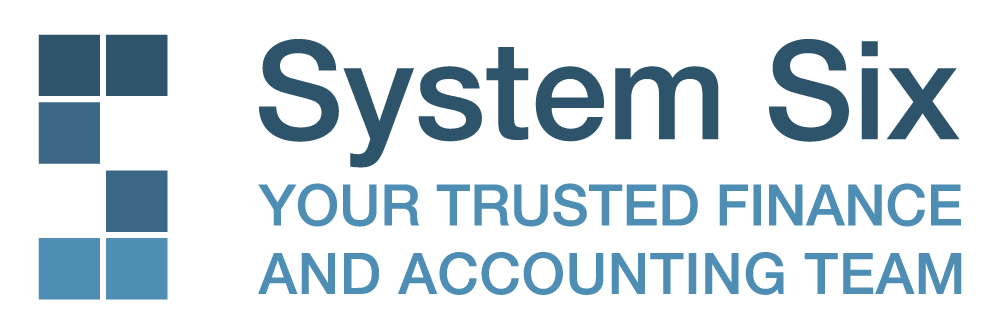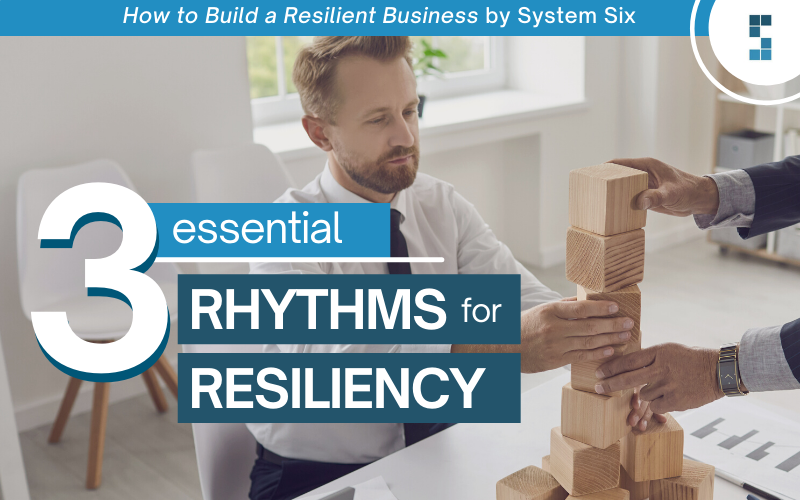“Once upon a time, there were three little pigs…”
You probably remember this well-known and oft-repeated story from childhood storybooks and cartoons.
The three pigs each have a vision and mission – to build a house; a house resilient enough to weather the notorious big bad wolf’s destructive huffing and puffing. But while each pig has the same vision and mission, they each go about executing it in very different ways, which ultimately leads to very different outcomes.
It was Thomas Edison who once said, “Vision without execution is merely hallucination.”
It’s not enough to just have a clear vision and mission – you have to execute that vision successfully and to do that well, you need the right building blocks and tools.
If smart processes act as the bricks in resilient execution, then strategic, consistent rhythms are the mortar that holds those bricks together. Rhythms are the framework for getting the most value and efficiency out of your team’s processes.
Tools for Traction
Gino Wickman, author of the books “Traction” and “Get a Grip,” created EOS (Entrepreneurial Operating System,) which has become a popular tool to help businesses implement successful rhythms to keep their team cohesive, consistent and efficient. These rhythms “synchronize how people in an organization meet, solve problems, plan, prioritize, follow processes, communicate, measure, structure, clarify roles, lead, and manage.”
Utilizing an operating system of rhythms for your business promotes a culture of clear communication, discipline, and accountability. These values are integral to making your processes work effectively for your team.
While there are numerous areas in which a company could implement systemized rhythms, there are three areas in particular where successful rhythms really maximize the value of the processes most companies employ. These three areas are: meetings, measurement, and accountability.
Meeting Rhythms
Regular meetings within an organization are imperative in maintaining healthy and effective communication across teams and equally important for strengthening interpersonal relationships among team members.
While that might sound like just plain common sense, it is surprisingly easy to lose traction in communication and working relationships when rhythms aren’t in place to ensure meetings are consistent and intentional.
This is becoming increasingly true in a work culture in which remote employees are growing in number and co-workers on the same team can stretch across time zones and continents. Being intentional about regular rhythms of meetings is more important than ever.
Measurement Rhythms
You need rhythms to track various metrics and measurables within your organization to understand if you are accomplishing your goals and values.
Gino Wickman introduced the idea of the Scorecard Method in his book, “Traction.” Leadership must identify a set of measurements that can accurately indicate the health of your business. The correct metrics will be specific to you, but they usually include things like accounts receivable, customer survey results, cash on hand, and market penetration.
It’s essential to have realistic goals for these metrics and set a regular rhythm to measure and discuss them. They may also need periodic readjustment as your understanding of your business, customers, and goals shift over time.
Accountability Rhythms
There can be no real growth without accountability. Rhythms of accountability keep you on track to staying true to your company’s values as well as to your company’s goals.
Implementing tools like EOS’s scorecards keep employees accountable to the goals they have committed to, which leads to increased momentum and traction company-wide. Be cautious of two or more people sharing a responsibility; there’s a good chance that no one will end up with accountability.
Having processes and rhythms in place that allow your team members to give honest feedback is critical to maintaining a great work culture. They also help communicate clearly across teams which team members are accountable for specific tasks. A culture of healthy accountability is vital to fostering a great workplace culture.
A Strong Foundation Leads to a Resilient Future
The three little pigs each had a mission to build a resilient house, but in the end, only one pig’s house was strong enough to withstand the big bad wolf’s schemes. It was the house with a strong foundation, carefully laid with bricks and mortar, that proved the most resilient of all.
When it comes to building a resilient business, you need strong building blocks to lay a strong foundation. Those blocks are ultimately strategy, people, and execution. When you’ve got a solid mission and vision, the right people in place, and successful rhythms of scalable processes to execute your goals, your company is going to be strong enough to withstand any disruptions, adversity, and curveballs that come your way.




